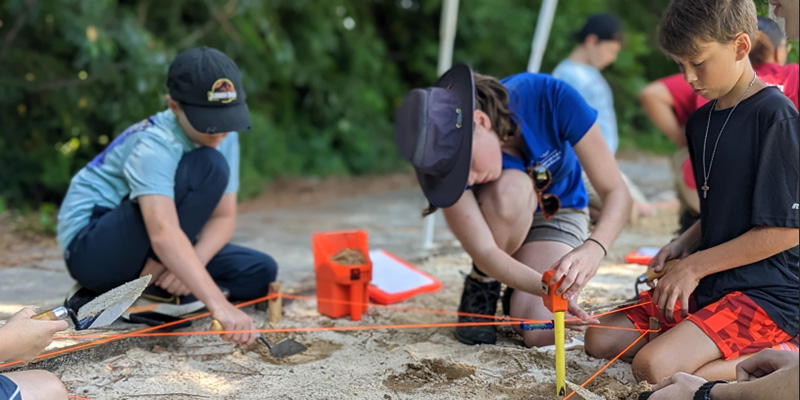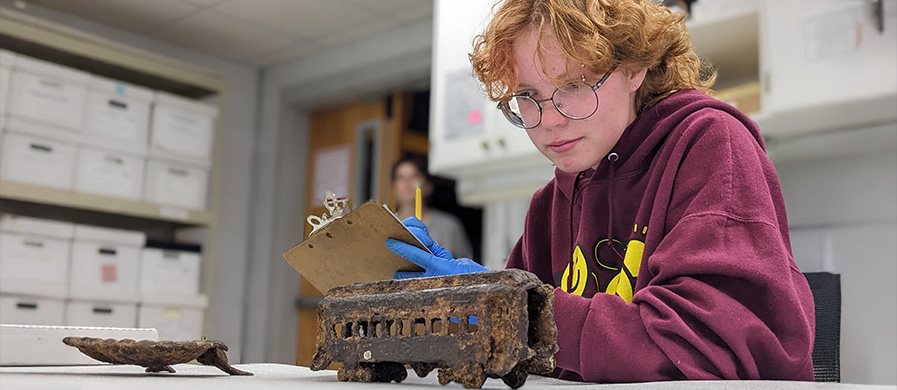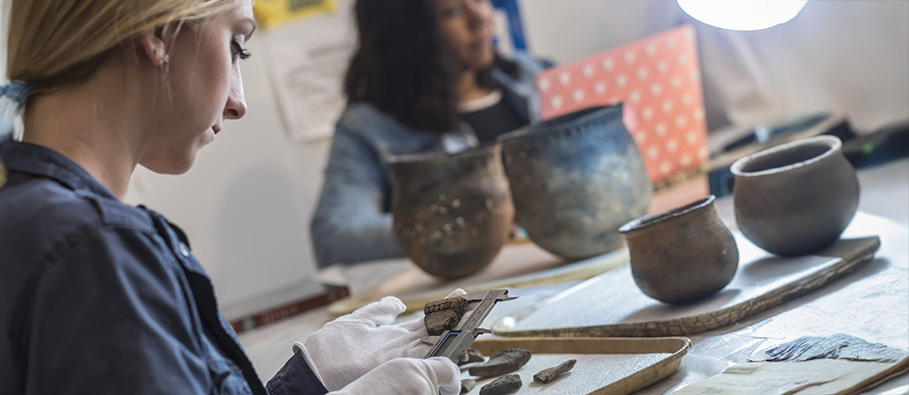Community Engagement
Community engagement lies at the heart of the Waring Center for Public Archaeology, and underpins our mission, goals, and operations. We aim to bring archaeology to the public through community engagement initiatives ranging from PK-12 classroom visits with presentations and hands-on activities to partnering with after-school reading programs to participating in and bringing programming to large-scale community events.




